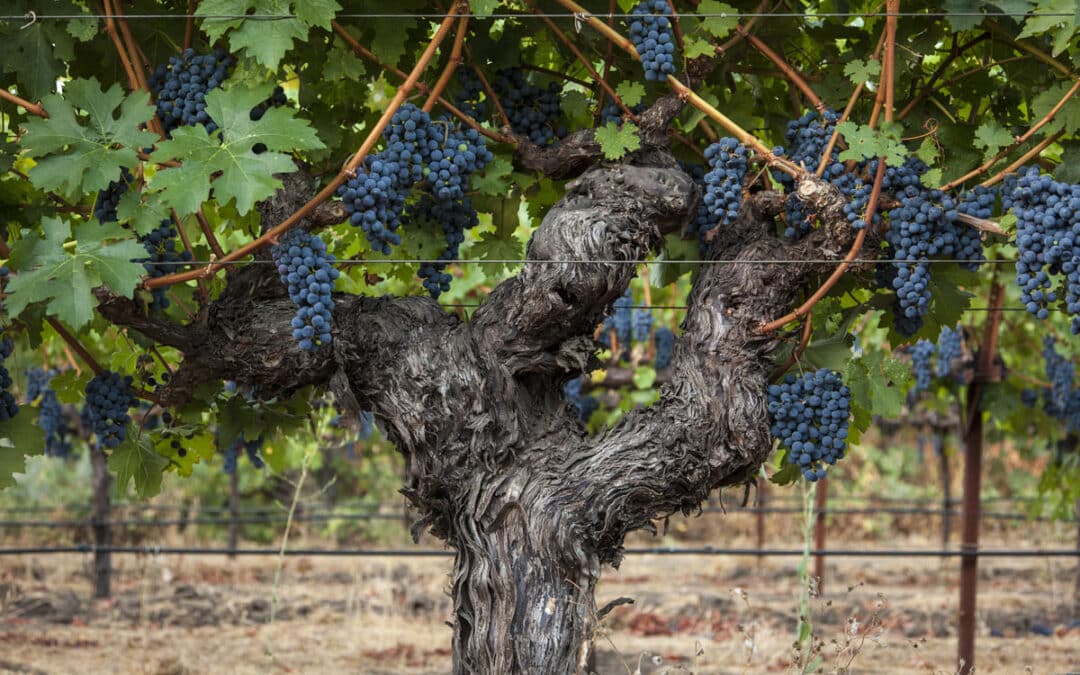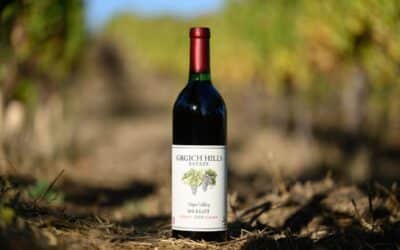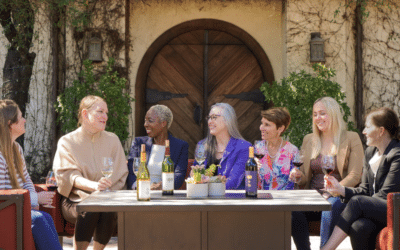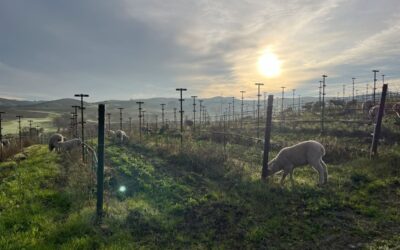Wine Lives | In the Vineyard
The winemaking process is a remarkable journey and it starts in the vineyard, so we provide them with the best care possible. Miljenko “Mike” Grgich likes to say that wine has five lives and that we treat our different wines like our children—we pour all our love, attention, and artistry into nourishing their exceptional character and flavor.
Committed to natural wine growing and regenerative agriculture, we’ve cultivated our 5 estate vineyards (certified organic since 2006) without artificial fertilizers, pesticides, or herbicides to create healthy, balanced vines with an extended life. We also practice regenerative agriculture, a much more advanced form of organic farming, integrating three main principles: incorporating livestock, no-till soil management, and building organic matter to sustain microbial life. Learn more about our farming practices here.
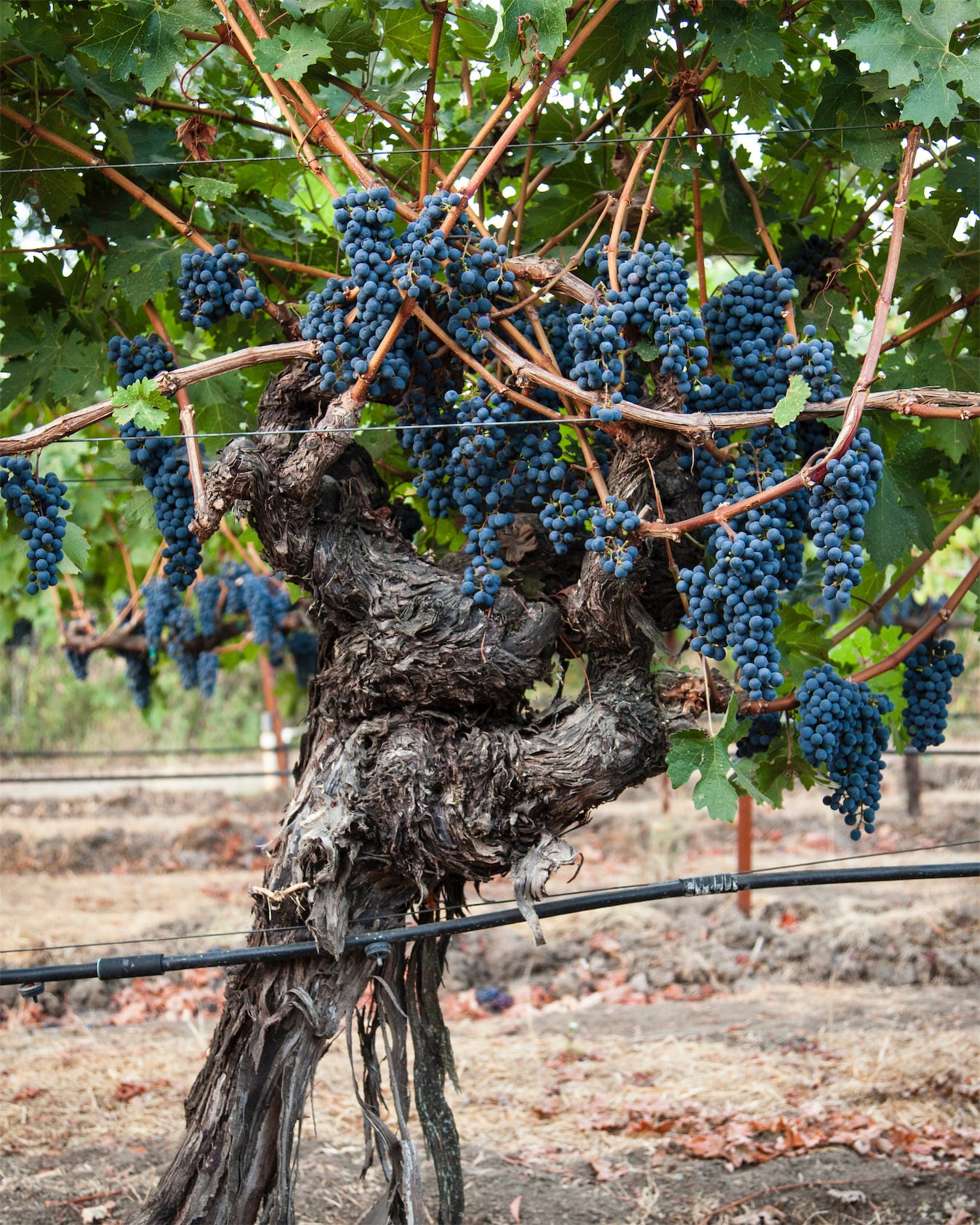
Where Wine is Conceived
The Grapevine’s Life Cycle
pruning → Bud break → bloom → grape set → veraison → harvest
beginning of February
Pruning
Pruning is a highly skilled and important practice that occurs in the winter months while the grapevines are dormant. This practice involves removing most of last year’s growth, including excess shoots, leaves, and clusters, leaving just a few buds to help control size and promote fruit production. It affects everything from the quality of the grapes to the health of the vine throughout the growing season.

beginning of april
Bud Break
Early spring brings the first tender buds of the growing season, known as bud break, which can span two months depending on the grape variety and vineyard location.
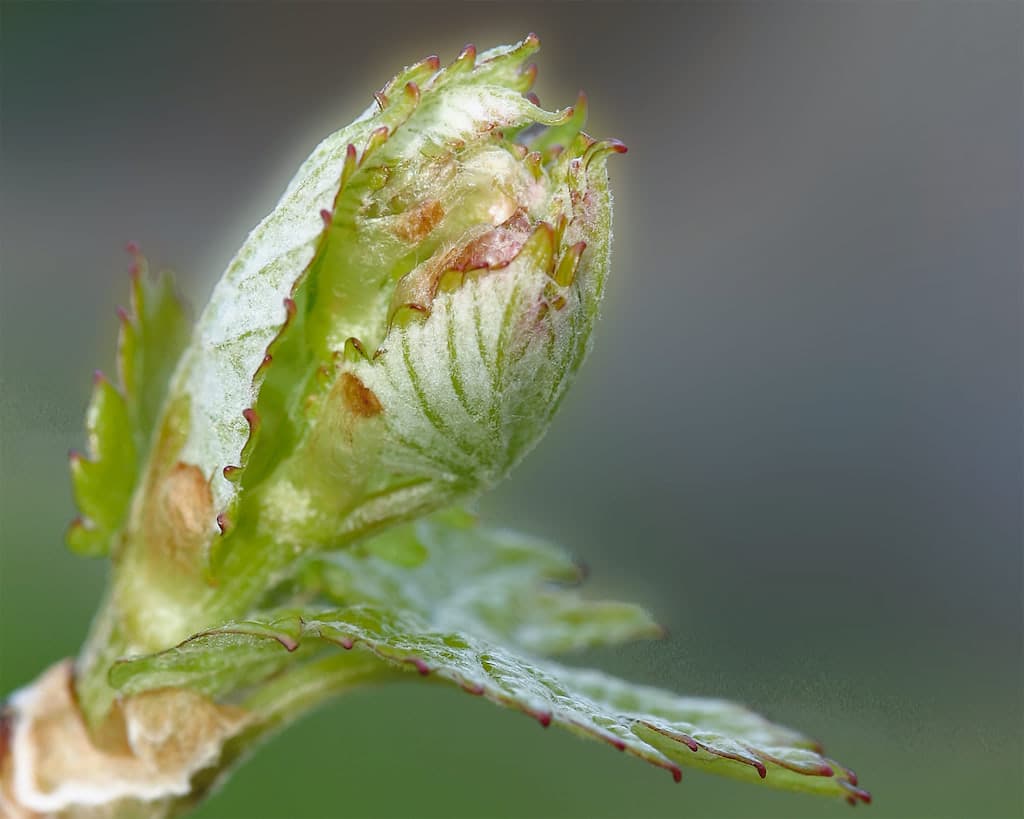
beginning of may
Bloom / Flowering
In the following month or so after bud break, clusters of tiny, self-pollinating flowers appear, each with the potential to become a grape berry.
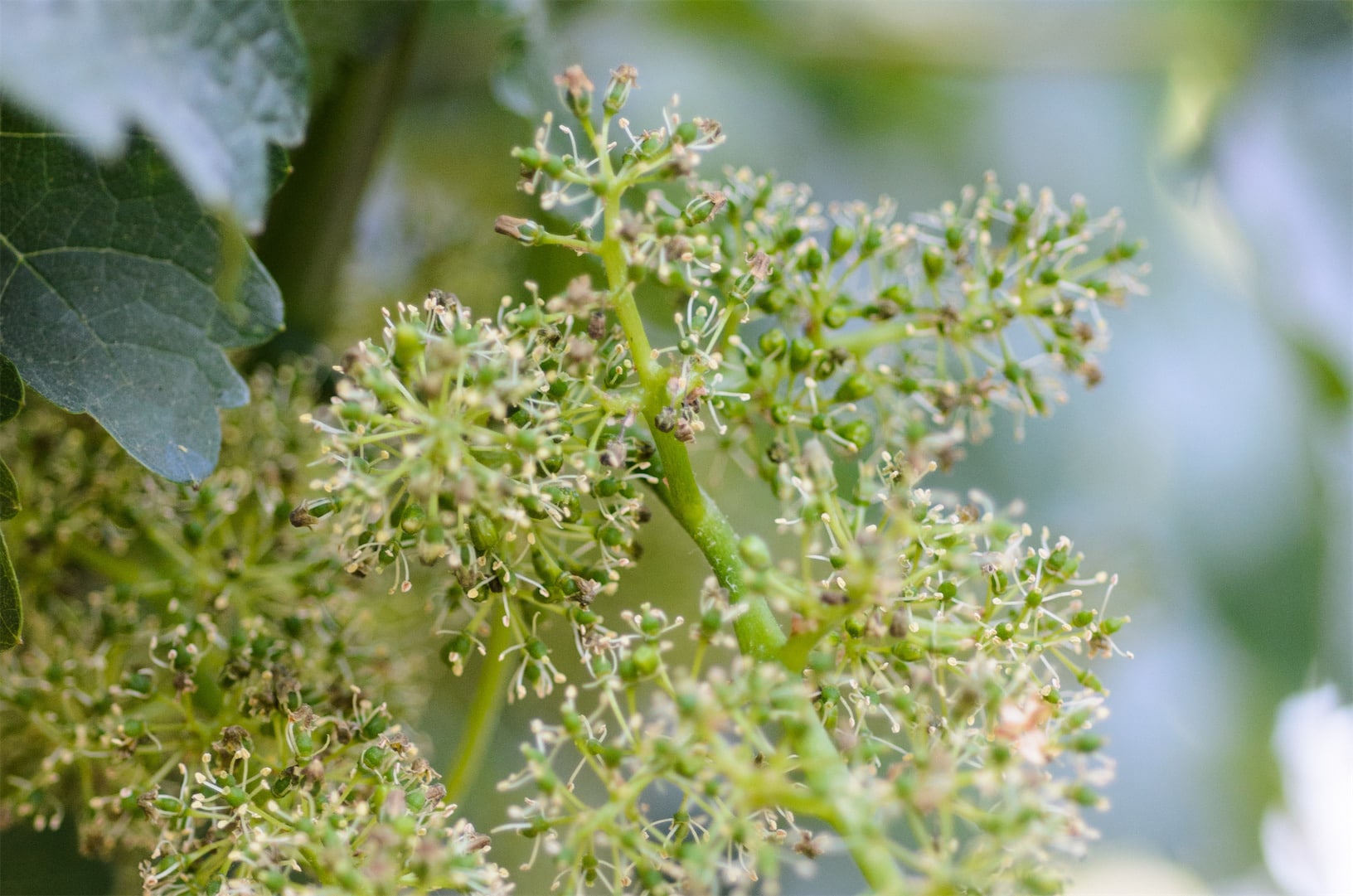
mid to late may
Grape Set
Tiny green spheres emerge at the end of the stem, and clusters take on their familiar form. Seeds develop during this stage, and the grapes increase in size but not sweetness.
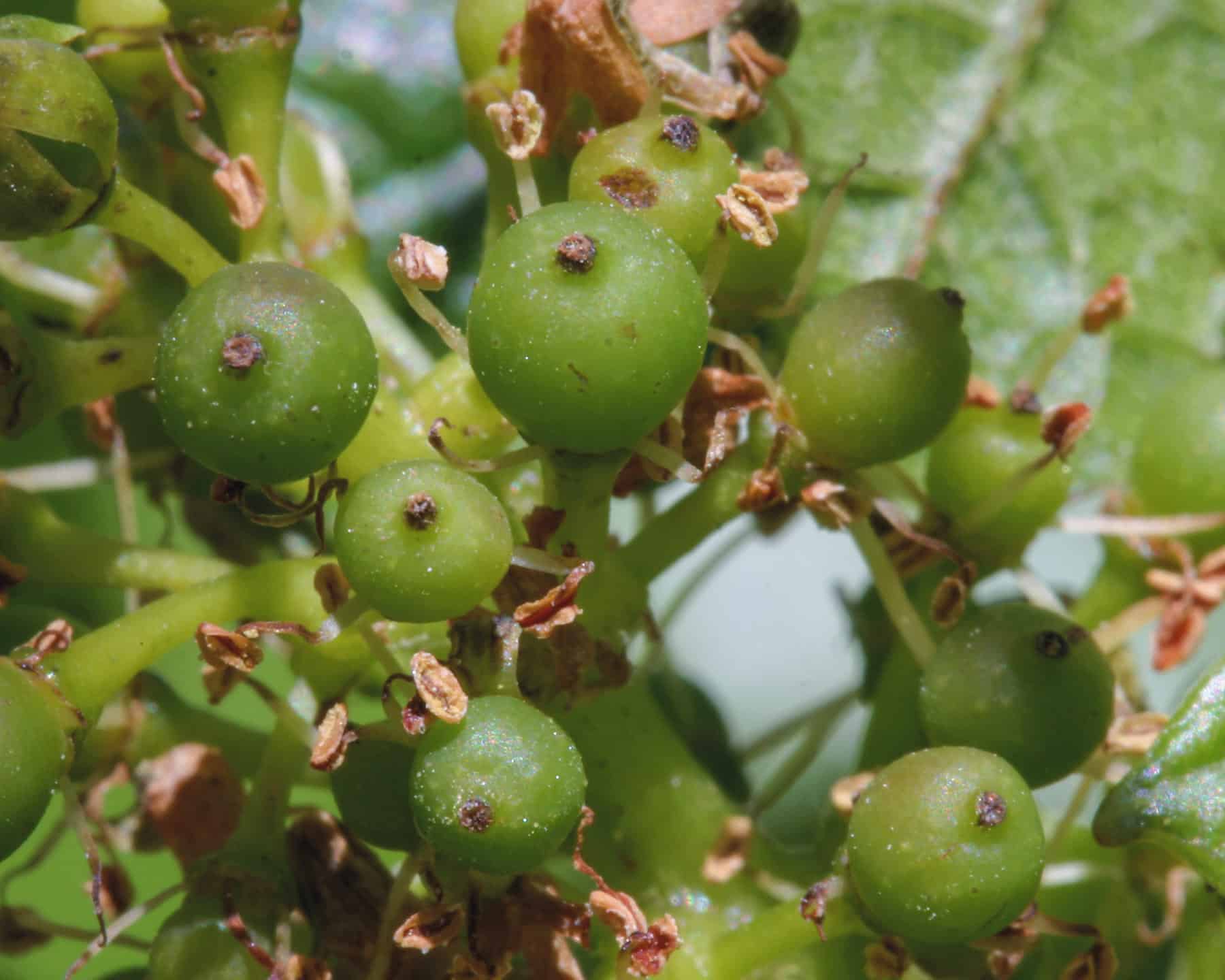
approx. 2.5 months after bud break
Veraison
Veraison refers to the change in color when grapes begin to ripen. During this gradual process, anthocyanin (red grapes) and carotenoids (white grapes) replace chlorophyll as sugar levels rise and acidity levels fall.
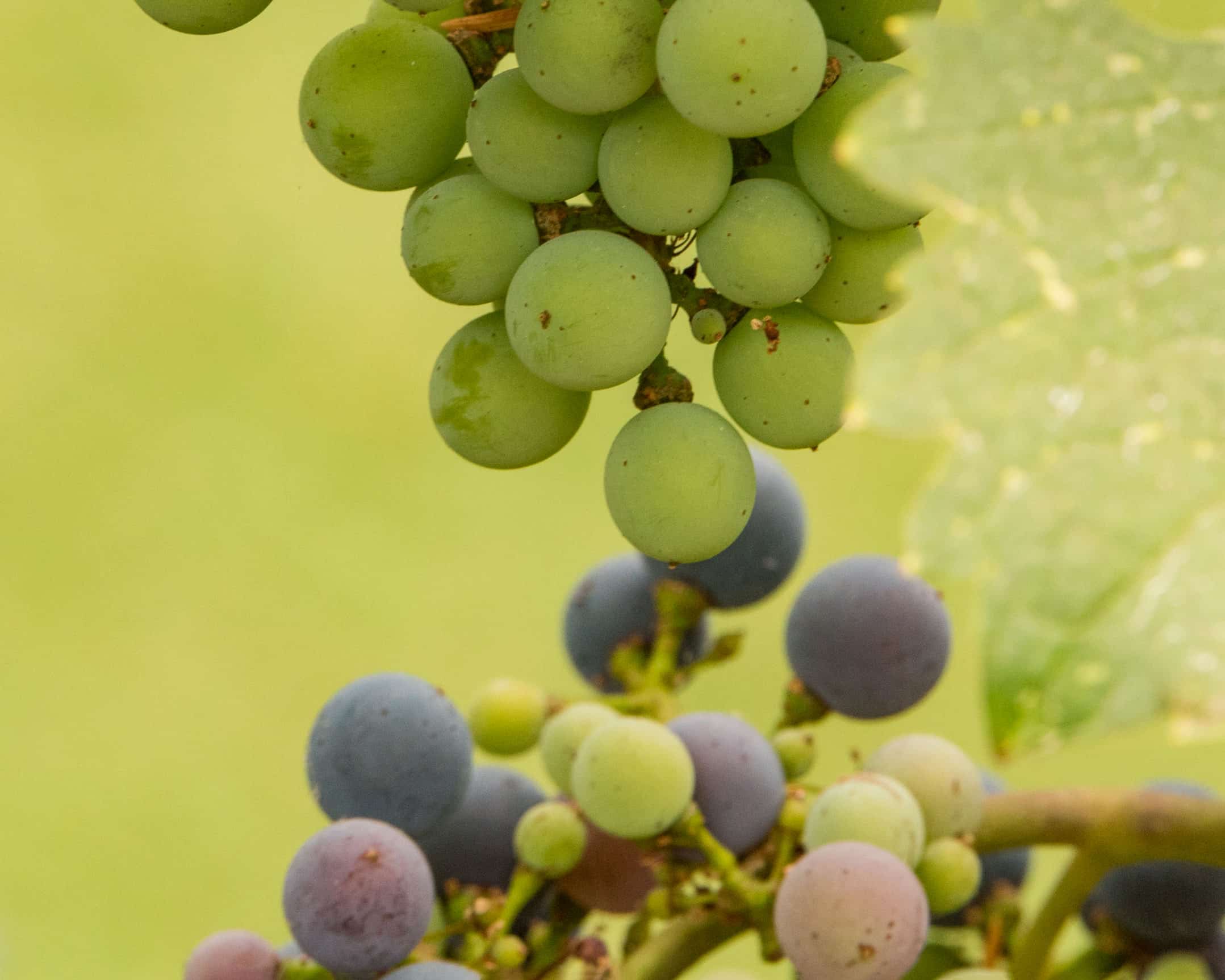
late august through october
Harvest
The harvest season in Napa Valley is a special time of year. It is the culmination of months of hard work and anticipation for grape growers. White wine grapes are the first to reach maturation, typically in late August, which signals the beginning of harvest. Red wine grapes are usually harvested from September through October. During this stage, the vineyard crew works long hours hand-picking grapes to prevent damage to the individual berries and expose the juice to oxidation and bacteria. Then, they’re hauled to the winery and loaded onto the sorting table, where leaves and undesirable grapes are discarded.
White grapes are gently crushed and pressed with the stems still attached (Whole-Cluster-Pressing). The result is less sediment and clearer, better-quality juice. After pressing, white juice is pumped into stainless steel tanks where it settles for 24 hours—natural settling prepares juice for fermentation through natural clarification.
Red grapes, on the other hand, are de-stemmed—we use the discarded stems to form the base for our organic compost, which is returned to the vineyards. The red must (skins, seeds, juice) is then gently pumped into stainless steel fermentation tanks. After pressing, the remaining dry pomace (seeds and skins) are returned to the vineyard.

up next
Fermentation.
Fermentation marks the second stage of a wine’s life, where wine is “born.” Stay tuned!
Read More
Earth Month in Wine Country: The Greening of Grgich Hills Estate
Grgich Hills Estate has been in the business of sustainability and thinking green since 2000. Though our farming practices usually take center stage when it comes to talk about our environmentalism,...
Grgich Hills Estate’s Women In Wine
Violet Grgich - President and CEO With a last name synonymous with iconic Napa Valley wine, one wonders if a career in the industry was always in the cards for Violet Grgich, now President...
Why Are There Sheep in the Vineyards? The Purpose Behind the Trend
If you take a drive through Napa Valley via Highway 29 during the months of December-March, chances are you’ll catch a glimpse of fluffy little lawnmowers ambling about through the vineyards. It’s...

